Despite safe usage, research shows probiotics not linked to sediment or water quality improvements
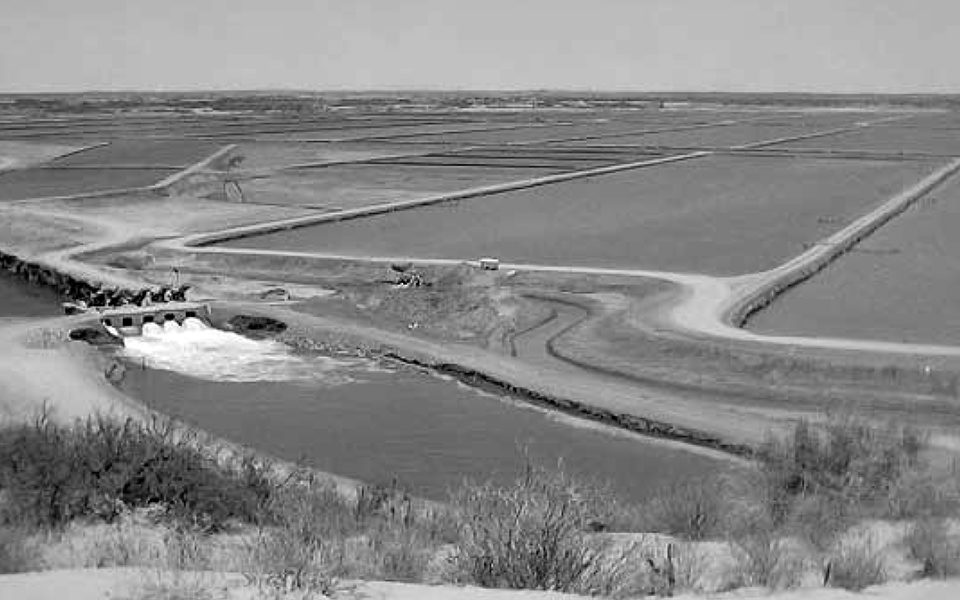
Probiotic use in aquaculture is increasing as producers attempt to improve pond soil and water quality, enhance survival, and improve the growth of culture species. Probiotics include an array of products which usually are of microbial or botanical origin. The ones used as bottom soil and water quality enhancers are primarily cultures of living bacteria, enzyme preparations, or the two combined.
Several microbiologists have endorsed the use of probiotics to improve soil and water quality. Vendors of these products make interesting claims of the benefits that may accrue from the use of their wares, including testimonials of satisfied users.
Probiotic use is common in Asian aquaculture and is spreading to the West. Nevertheless, the few published studies of probiotics as soil and water quality enhancers in aquaculture ponds provide limited evidence of effectiveness.
Waste assimilation and microorganisms
In aquaculture ponds, the assimilation of uneaten feed, feces, nitrogenous metabolites, plankton remains, and other wastes mainly is accomplished by microorganisms, and especially bacteria. Champions of probiotics claim that bacterial inocula contain species capable of performing such important assimilative processes as cellulose degradation, mineralization of organic matter, ammonia oxidation, sulfide oxidation, and denitrification. Some even declare that their products can control blue-green algae blooms and enhance dissolved-oxygen concentrations.
Advertisements emphasize the role of healthy microbial communities in maintaining good environmental conditions in ponds and declare that the application of bacterial and enzymatic amendments can assure a properly functioning microflora. Thus, the interest in probiotics is spurred by a good “sales pitch” based on microbiological information that offers a potentially simple and relatively inexpensive way of solving a common problem – impaired environmental quality in culture ponds.
Biological basis for assumptions
Because the assumption that these amendments enhance sediment and water quality has not been fully verified by research, the biological basis for the assumption should be examined thoroughly. A critical point is that ecosystems of outdoor earthen ponds already contain propagules of the microorganisms necessary to degrade ordinary organic matter.
The waste in aquaculture ponds – primarily uneaten feed, feces, and the remains of plankton – is ordinary organic matter that readily decomposes. Microorganisms of decay respond to their food substrate, and their abundance increases rapidly until the substrate is depleted. Microbial numbers then decline rapidly and only resting bodies, such as spores, remain. This pattern of growth is illustrated in Fig. 1. The addition of more substrate will again elicit the growth of microorganisms.
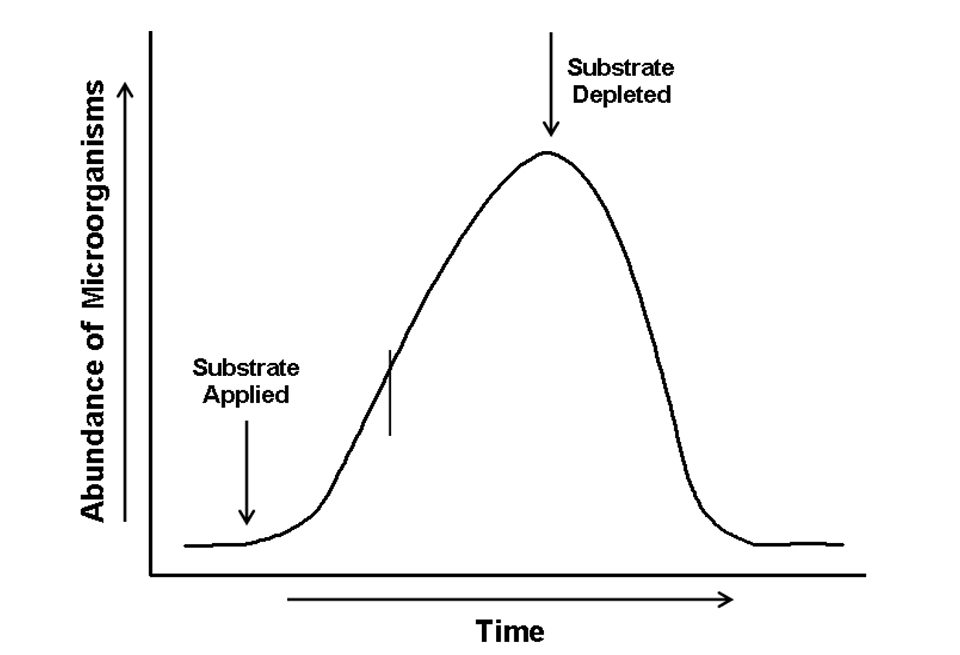
This suggests that to increase microbial action, one only needs to add substrate, for the microorganisms already are present. For example, suppose all microorganisms in and on a small piece of meat are killed by placing the meat in a steam sterilizer. After cooling, the meat is tossed into the freshly tilled soil of a garden. The meat will promptly decompose even though it was initially sterile. The microorganisms harbored in garden soil will quickly degrade the meat.
The use of bacterial inocula would be more logical in ecosystems depleted of bacterial propagules, such as waste treatment ponds in which the entering effluent was heated to a high temperature and the bacteria killed. It would also appear logical that special strains of bacteria could possibly be developed to treat exotic organic wastes that natural bacteria did not encounter during their evolutionary history and cannot degrade.
Assimilative processes exceeded
Biological principles indicate that the quality of sediment and water deteriorates when the waste load exceeds the capacity of the microbial flora to assimilate it. Organic matter accumulates, dissolved-oxygen concentration declines, anaerobic conditions develop at the soil-water interface, and ammonia and other potentially toxic metabolites accumulate in the water.
Because microorganisms respond to substrate and microorganisms capable of assimilating aquacultural wastes are present, it seems unlikely a paucity of bacteria impairs sediment and water quality. More plausible explanations are that the assimilative processes in ponds are exceeded by the aquacultural waste load, or environmental conditions deteriorate and limit microbial assimilation.
There are three common options for improving impaired sediment and water quality in ponds: reduce nutrient and organic matter inputs, flush waste, and correct environmental imbalances that limit assimilation.
Microbial activity limited
The two major factors that limit microbial activity in aquaculture ponds are pH values below 7 and low dissolved-oxygen concentrations of less than 3 milligram per liter. The pH of water and soil can be increased by applying liming materials. The most effective way of improving low dissolved-oxygen concentration is mechanical aeration, but increasing the water exchange rate also may improve dissolved oxygen.
In some ponds with organic soil, the amount of nitrogen present may be insufficient to promote the decomposition of organic matter during pond dryout. The application of 200 to 400 kilograms per hectare urea can be effective in enhancing organic matter decomposition in such situations.
Many pond managers do not feel the necessity to put algal inocula into ponds to initiate phytoplankton blooms. They apparently understand that propagules of many phytoplankton species are already present in pond ecosystems, and phytoplankton abundance will increase if pond water is not too acidic and nitrogen, phosphorus, and other nutrients are in adequate supply.
Different attitudes about phytoplankton and bacteria probably relate to algae being visible as “blooms” which color the water, while bacteria are invisible to the naked eye. Producers know when phytoplankton is doing well from the appearance of the water, but the status of the bacteria community cannot be assessed as easily.
Enzymes
An enzyme is an organic catalyst. Catalysts are substances which can accelerate chemical reactions but are not expended in the process. An example is the acceleration of the conversion of urea to carbon dioxide and ammonia by the enzyme urease.
Most biochemical reactions are facilitated by enzymes. Enzymes have specific functions, for which they are named. Cellulase catalyzes the breaking of cellulose into smaller units, oxidases catalyze oxidations, and urease catalyzes the degradation of urea. The mechanism of enzyme function often is explained by a “lock and key” example in which the enzyme fits into specific locations on the substrate and facilitates the reaction which transforms the substrate.
Obviously, increasing the amount of enzyme relative to its substrate increases the rate of substrate transformation. Moreover, enzymes have optimal temperature and pH ranges, and their activity is influenced by environmental factors.
Enzymes are present in all cells, but microorganisms also excrete enzymes into the environment to initiate microbial processes. For example, extracellular enzymes break organic molecules into smaller units which can be absorbed by bacteria and other organisms of decay.
Enzyme preparations as probiotics
Enzyme preparations used as probiotics usually are extracts from homogenates of yeast cells, and they function extracellularly. Proponents of these products argue that adding enzymes to ponds increases the activity of extracellular enzymes and favors greater rates of waste assimilation by microbes.
This may seem to be a reasonable assumption. However, in most ponds, active microbial flora already produce enzymes, and the small quantities added in treatments of enzyme preparations may be insignificant.
Poor sediment condition and impaired water quality suggest that conditions for microbial assimilation are poor and the assimilative capacities of ponds have been exceeded. Adding enzymes or combinations of bacteria and enzymes to such systems might not be useful because microbial action has been restricted by other factors.
Increased survival
A few studies have shown that probiotics can increase fish and shrimp survival. The mechanism by which probiotics enhance survival is puzzling, but apparently is not related to water or sediment quality improvements, which lessen stress on the culture species.
No improvements demonstrated
Several replicated pond studies conducted over the past 20 years at Auburn University and Mississippi State University in the United States did not demonstrate improvements in sediment and water quality in ponds treated with bacterial inocula and enzymes. Even at doses several times the treatments suggested for ponds, the amendments did not cause positive changes in water quality in lab systems.
Conclusion
This discussion was not intended to say that bacterial and enzyme amendments are ineffective in all situations or that they should not be used. It was written to encourage producers to think about the possible action of these products and challenge manufacturers and vendors to develop a more substantial body of evidence to support their claims.
For now, producers should experiment with bacterial and enzyme amendments if they desire, because they apparently are completely safe to use. No aquatic animal toxicity, worker safety, environmental, or food safety issues related to the probiotics have been raised.
(Editor’s Note: This article was originally published in the April 2004 print edition of the Global Aquaculture Advocate.)
Now that you've reached the end of the article ...
… please consider supporting GSA’s mission to advance responsible seafood practices through education, advocacy and third-party assurances. The Advocate aims to document the evolution of responsible seafood practices and share the expansive knowledge of our vast network of contributors.
By becoming a Global Seafood Alliance member, you’re ensuring that all of the pre-competitive work we do through member benefits, resources and events can continue. Individual membership costs just $50 a year.
Not a GSA member? Join us.
Author
-

Claude E. Boyd, Ph.D.
Professor, Department of Fisheries and Allied Aquacultures
Auburn University
Auburn, Alabama 36849
Tagged With
Related Posts
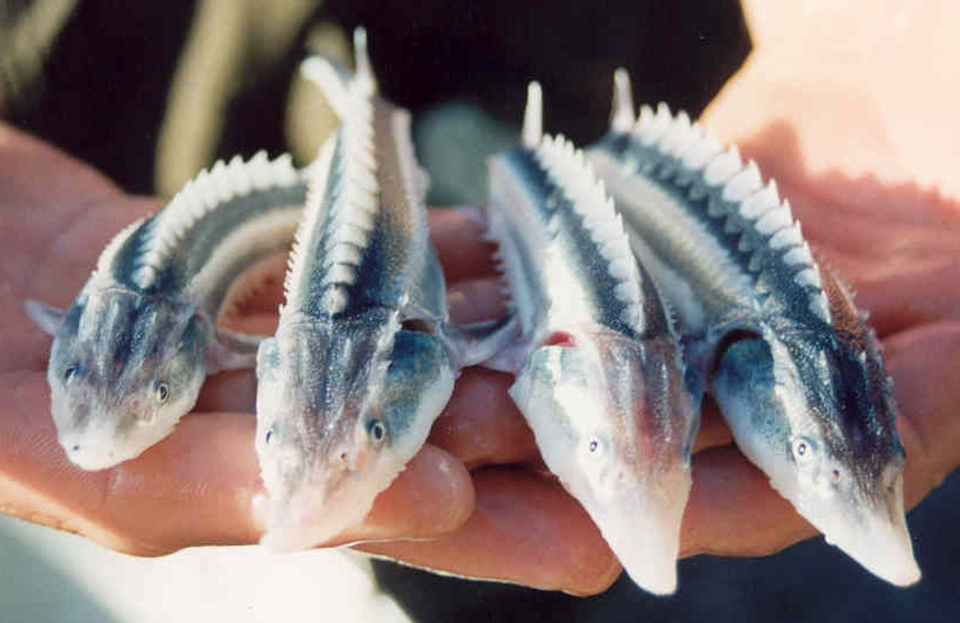
Health & Welfare
Artemia bioencapsulation delivers probiotics via digestive tracts of fish larvae
Research with sturgeon and carp species indicated that encapsulated artemia has high potential to carry probiotics or other beneficial microorganisms.
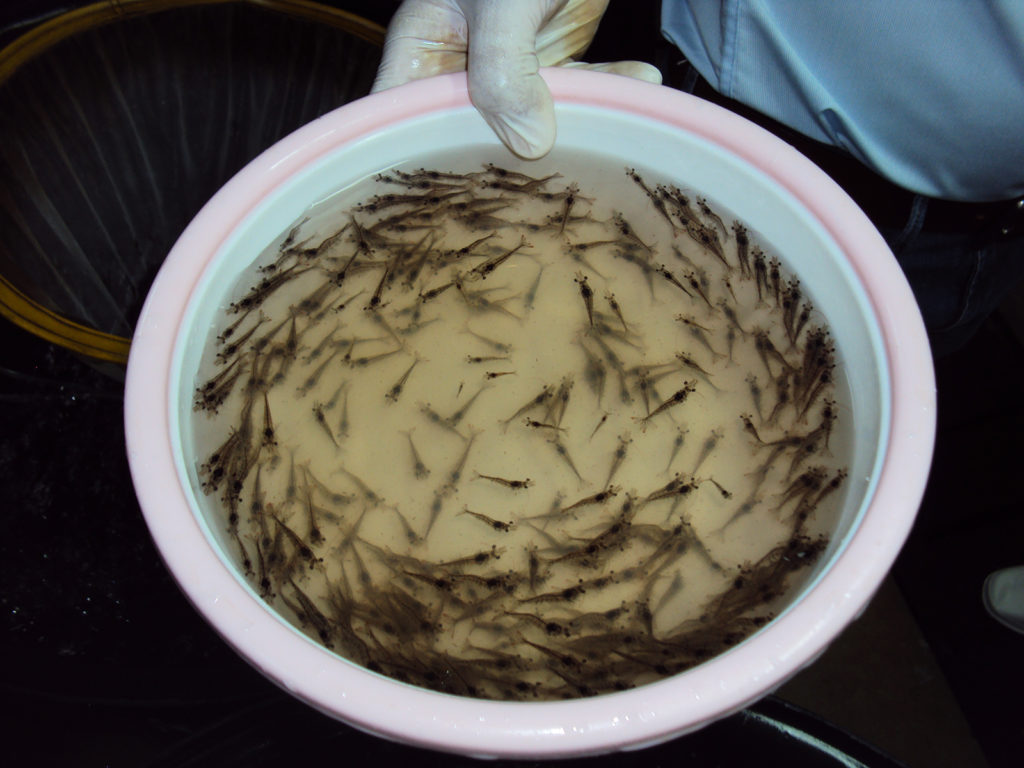
Health & Welfare
Assessment of supplemental Bacillus probiotics in whiteleg shrimp juveniles
Results of a feeding study supplementing probiotics in the diet showed that when the Bacillus species were complemented in an appropriate concentration into feeds, the growth and feed efficiency of whiteleg shrimp could be improved.
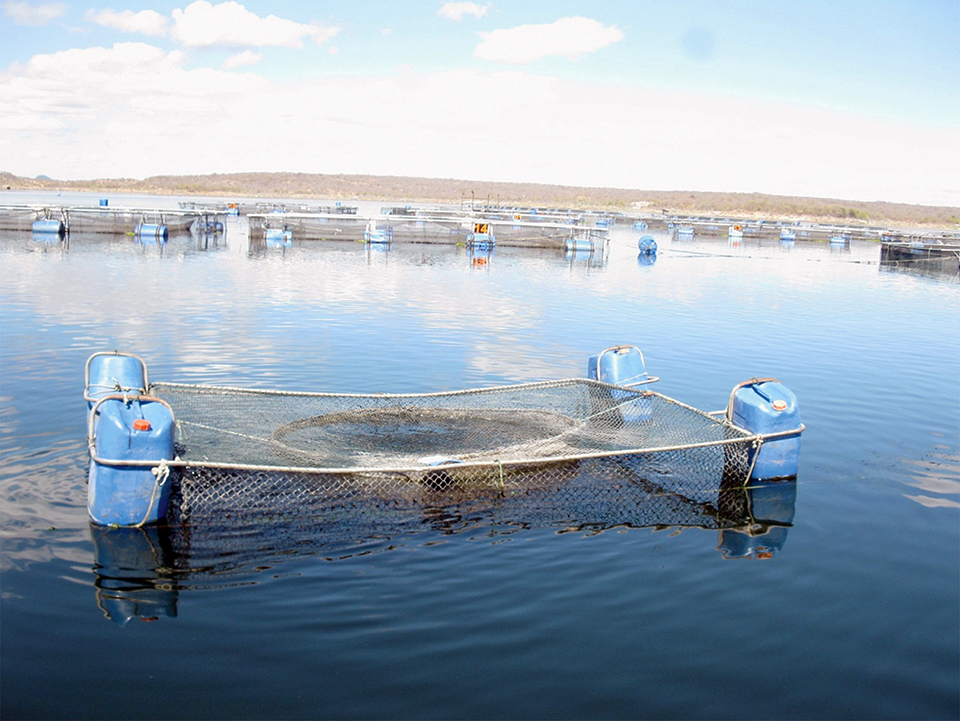
Health & Welfare
Bacillus probiotics benefit tilapia rearing under challenging conditions in Brazil
A recent study that evaluated the benefits of using probiotics with a balanced mixture of Bacillus bacteria strains to inhibit pathogenic bacteria in tilapia.

Health & Welfare
Bacillus probiotics improve hatchery, nursery production in EMS-hit Mexico
In early 2014, a trial to evaluate the effects of a mixture of Bacillus strains on early mortality syndrome bacteria during the larviculture and nursery phases for shrimp was carried out at a commercial hatchery in Mexico.

